The Italian countryside is witnessing an unprecedented surge in long-term rental demand for rustic farmhouses and heritage villas, with recent market data revealing a staggering 300% increase in bookings for stays exceeding three months. This seismic shift in travel preferences reflects a growing global appetite for slow living, remote work flexibility, and authentic cultural immersion beyond traditional tourist circuits.
Across sun-drenched regions like Tuscany, Umbria, and Puglia, property managers report waiting lists stretching into 2025 for converted barns and olive grove cottages. The phenomenon transcends seasonal tourism patterns, with international tenants—particularly from Northern Europe and North America—signing twelve-month leases on stone farmhouses originally built for sharecroppers. Local real estate agents describe a "perfect storm" of factors: post-pandemic remote work policies, rising urban discontent, and a collective reevaluation of lifestyle priorities.
What began as a temporary pandemic-era escape has crystallized into a lasting migration pattern. Digital nomads, early retirees, and hybrid workers now dominate rental inquiries, seeking properties with high-speed internet and vineyard views rather than proximity to monuments. "We're seeing architects from Berlin, software developers from Toronto, and academic researchers from Oslo all bidding on the same 17th-century farmhouse," notes Alessandra Romano, whose family has operated agriturismo rentals in Chianti for generations. "The competition has driven up prices by 40% since 2020, but demand shows no signs of slowing."
The infrastructure of rural Italy has adapted remarkably to this influx. Village councils once grappling with depopulation now coordinate co-working hubs in medieval town halls, while abandoned wine cellars transform into yoga studios. Artisans report waiting lists for traditional masonry courses as foreign residents seek to restore properties using authentic techniques. This cultural exchange flows both ways—local butchers teach sausage-making workshops, while newcomers introduce sourdough baking techniques to century-old wood-fired ovens.
Market analysts identify three distinct waves fueling this boom: remote professionals extending summer stays into year-round residencies, semi-retired couples splitting time between home countries and Italian bases, and families pursuing alternative education models through countryside immersion. The financial calculus proves compelling—a renovated two-bedroom farmhouse in Le Marche leases for less than a studio apartment in Milan, with the added benefit of organic vegetable gardens and truffle-rich forests.
This renaissance hasn't come without tensions. Some villages report strains on septic systems never designed for year-round occupancy, while debates simmer about preserving agricultural land. Yet most communities welcome the economic revival. "Our school had twelve children last year—now there are thirty-eight," beams Mayor Luigi Ferrara of a hilltop commune in Abruzzo. "The barber reopened after a decade, and our cheesemaker hired two apprentices."
As the trend matures, niche service sectors emerge. Bilingual property managers offer "settlement packages" including Italian tax guidance and vineyard maintenance. Tech startups create platforms matching landlords with remote workers seeking authentic experiences beyond Airbnb's typical offerings. The very definition of "rustic charm" evolves, with tenants insisting on fiber-optic connections alongside exposed wooden beams.
The long-term implications could reshape Italy's rural economies. With depopulation reversed in certain areas, regional governments now incentivize property restoration through tax breaks. Agricultural cooperatives report new markets for organic produce as international residents prioritize local sourcing. Perhaps most significantly, the trend fosters cultural preservation—young Italians increasingly view heritage skills as viable careers rather than relics of the past.
As golden light filters through cypress trees onto another restored farmhouse terrace, the scene embodies a 21st-century dolce vita. The laptop-tapping tenant sipping local Sagrantino wine represents neither tourist nor expat, but a new category of global citizen—one seeking rootedness in motion, tradition with connectivity, and la vita rustica on their own terms.
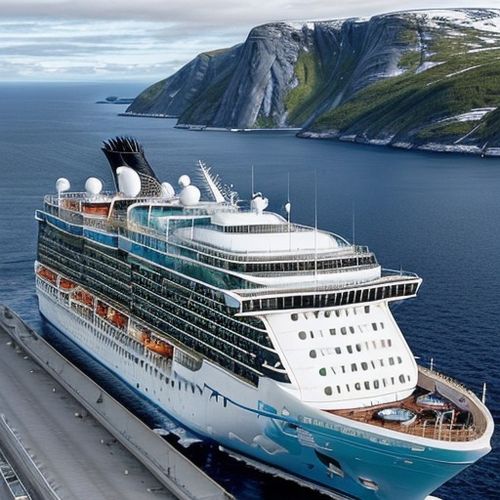
By Rebecca Stewart/Apr 7, 2025

By Sophia Lewis/Apr 7, 2025
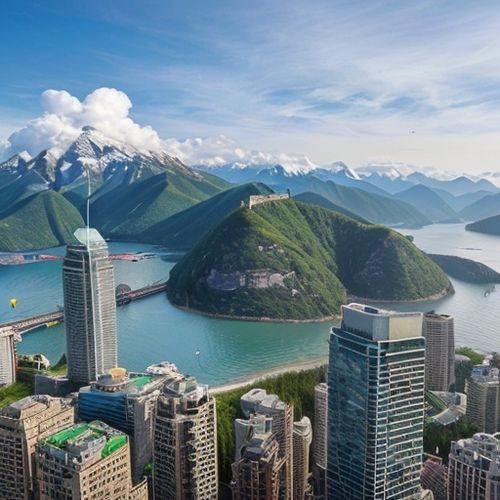
By Emily Johnson/Apr 7, 2025
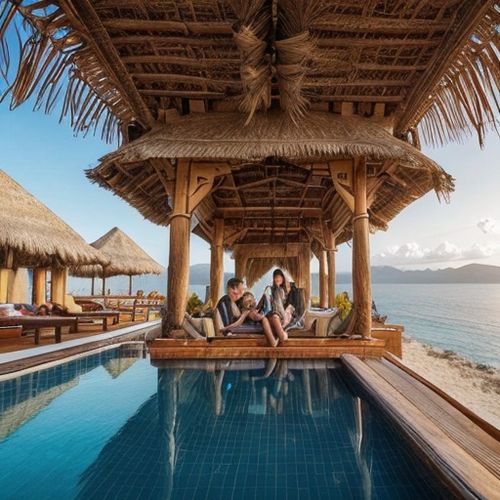
By Laura Wilson/Apr 7, 2025

By David Anderson/Apr 7, 2025

By Benjamin Evans/Apr 7, 2025
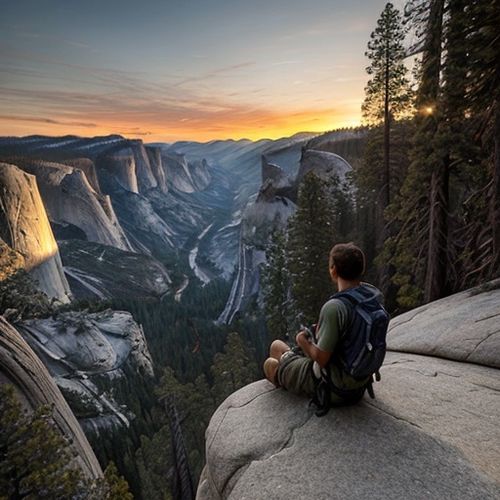
By William Miller/Apr 7, 2025
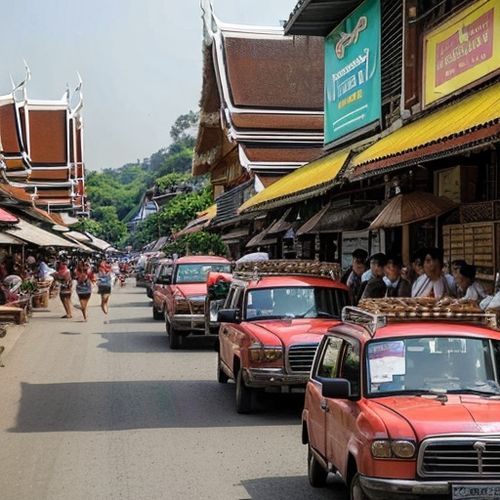
By Emma Thompson/Apr 7, 2025
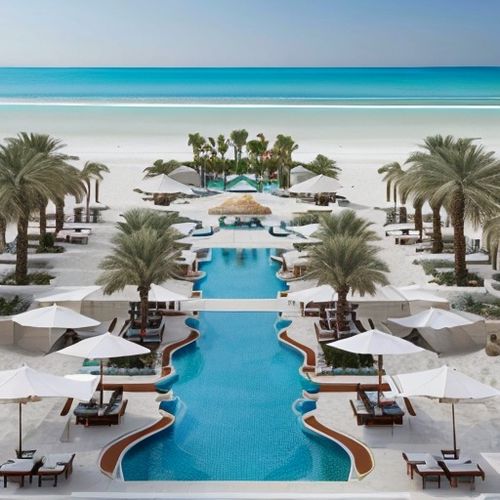
By Benjamin Evans/Apr 7, 2025

By Noah Bell/Apr 7, 2025
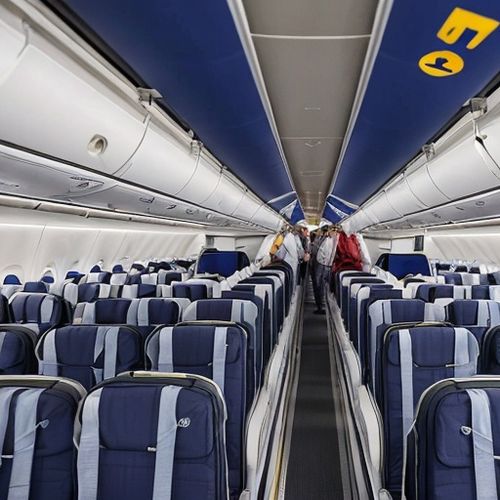
By Elizabeth Taylor/Apr 7, 2025

By George Bailey/Apr 7, 2025
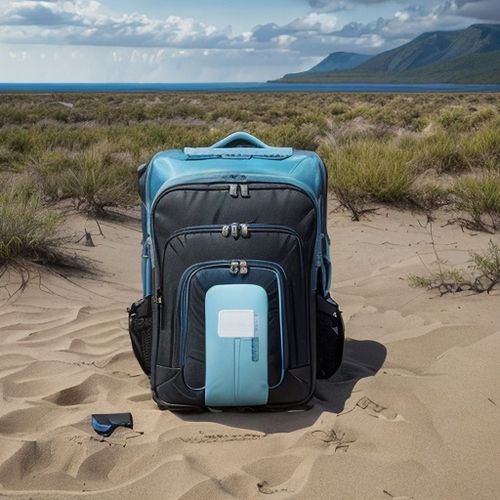
By Olivia Reed/Apr 7, 2025
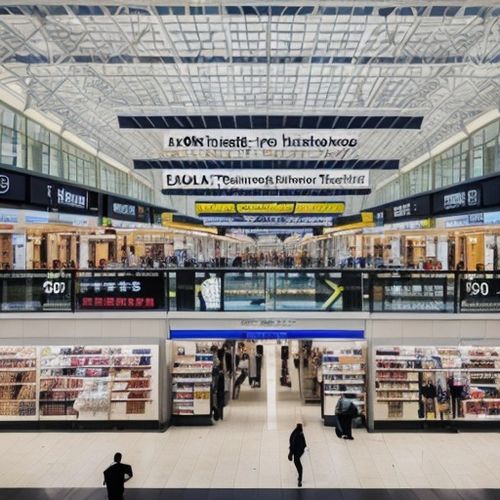
By Ryan Martin/Apr 7, 2025
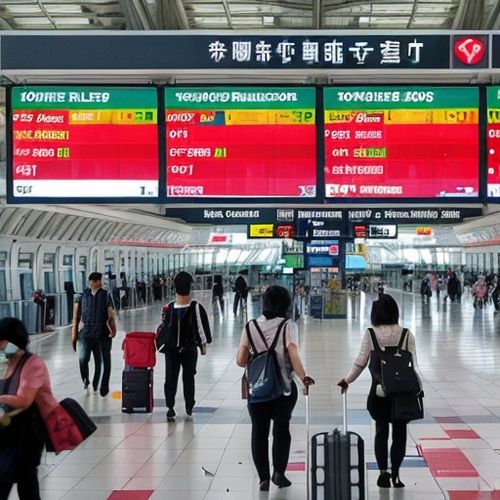
By George Bailey/Apr 7, 2025
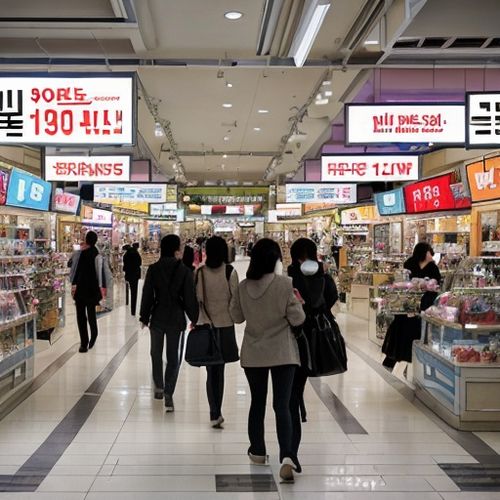
By Laura Wilson/Apr 7, 2025
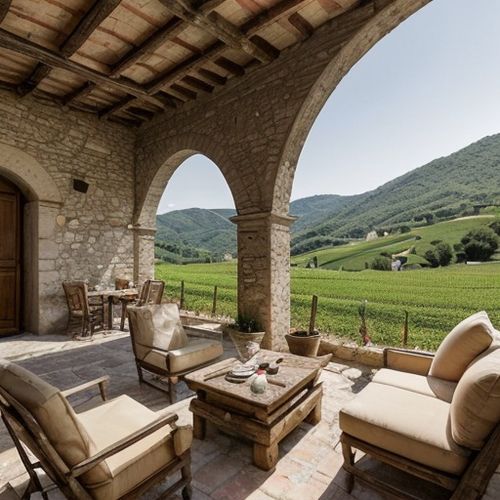
By Laura Wilson/Apr 7, 2025